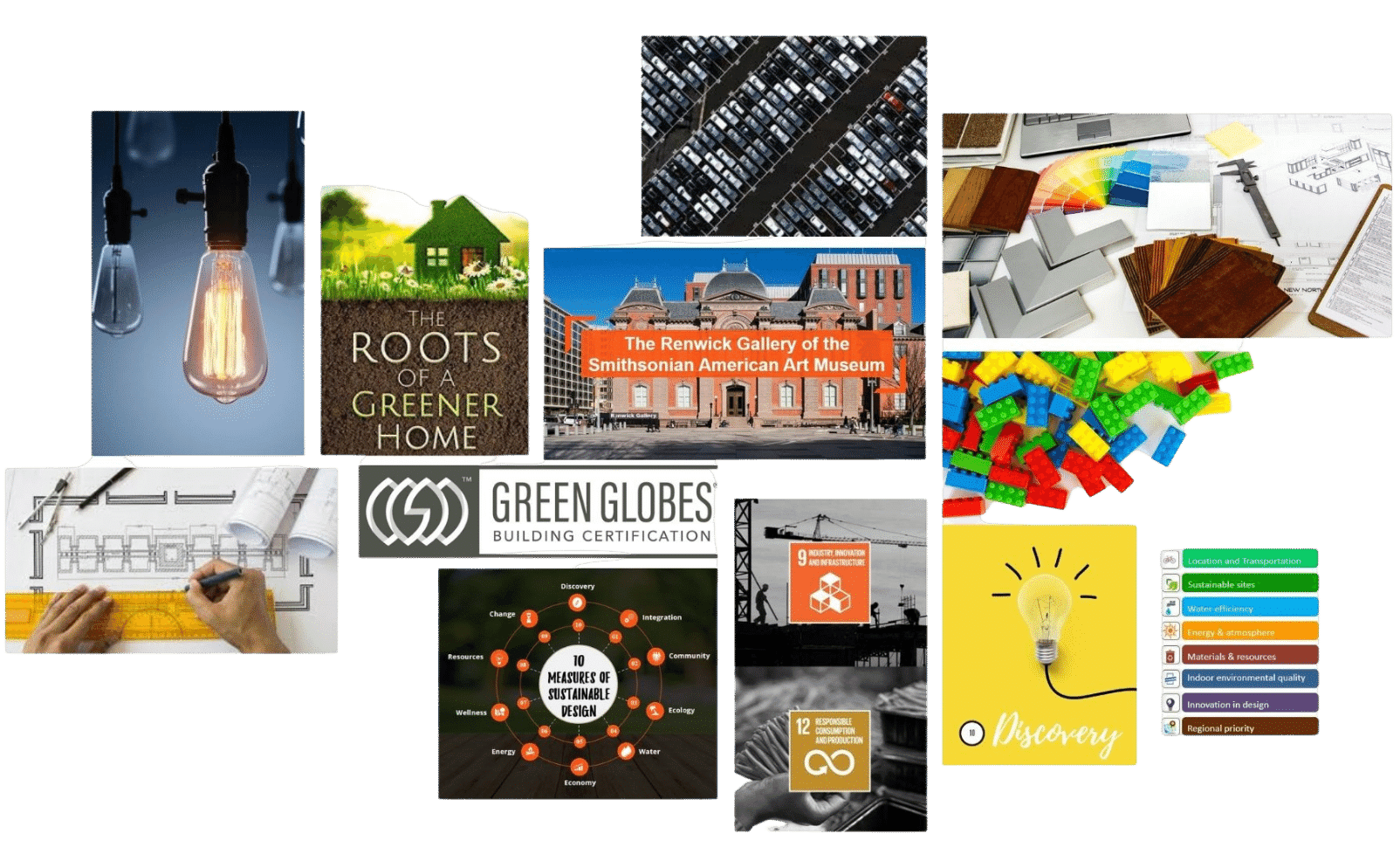Please Note: We have listed this article course as a flipbook on this page .It is for those interested in auditing the course/lesson. Please enroll in the course or get a Platinum membership and access all our courses at your leisure. This way you can report this course for Continuing Education (CE) or need a certificate. Enrolled students must take and pass the short quiz in order to earn CE credits. In addition, this course needs to be self-reported. Self-reporting information will be accessible once you complete the Quiz.
Supply chains in the built environment are the largest source of greenhouse gases (GHG) emitted globally. As it becomes clear that the world is not on track to meet the Paris Agreement targets for temperature increases to limit global warming, there is a need to look at the larger systems producing GHG emissions. From building design to life cycle assessment, end-to-end supply chain management through the decarbonization lens in the built environment is critical to addressing global warming. It is also challenging due to its complexity. The choice of suppliers and the ability to assess and monitor the environmental impact at all supply chain tiers on a global basis can accelerate progress in reducing embodied and operational GHG emissions. Implementing advanced technologies for data analysis, supplier tracking, and assessing and monitoring organizational activities and systems could be the key to accelerating progress in reducing greenhouse gas emissions.
What you will learn
- Review how advanced technologies like blockchain and artificial intelligence can support supply chain decarbonization strategies
- Discuss the impact of supply chains in the built environment on greenhouse gas emissions
- Describe opportunities for reducing GHG emissions in supply chains
- Review the challenges of assessing and monitoring embodied and operational GHG emissions through supply chain management
Discuss the long-term goal of achieving a closed-loop supply chain in the supply chain










